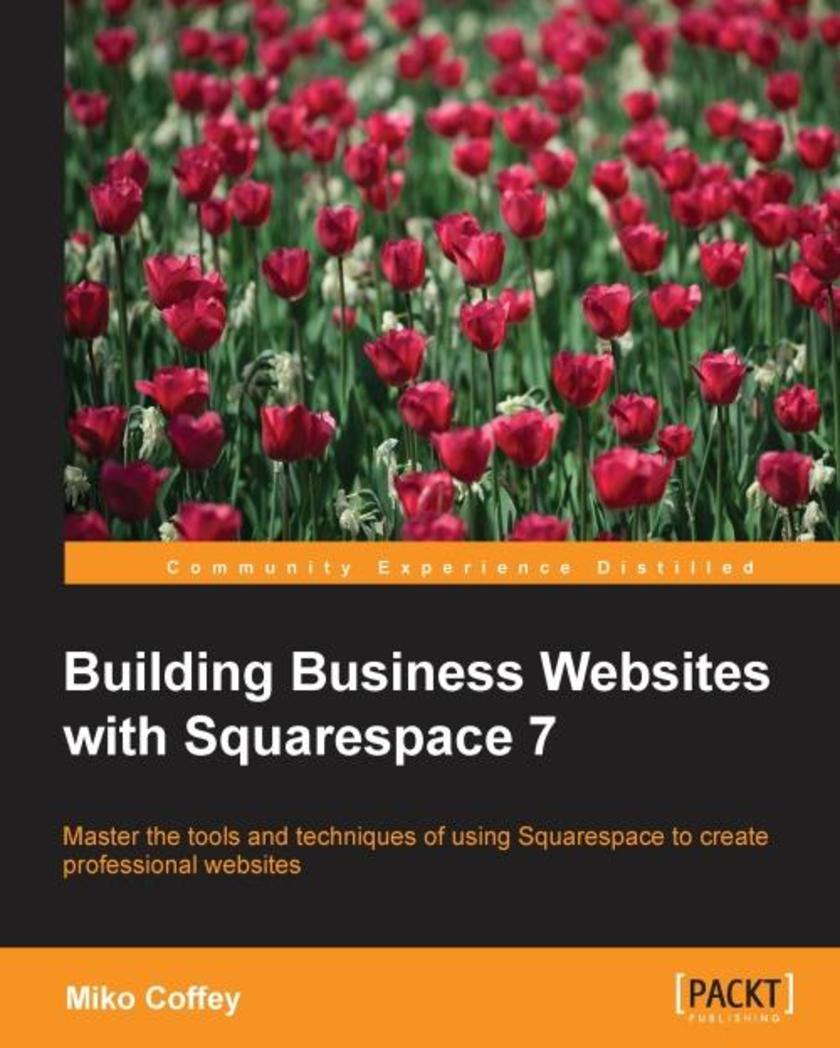
Building Business Websites with Squarespace 7
¥90.46
This book is ideal for anyone who wants to learn how to use the latest version of Squarespace to create a website from scratch and take it through to go-live. You don't need any prior experience with Squarespace, HTML or CSS, or building websites in general as everything is done using Squarespace's simple, browser-based interface.
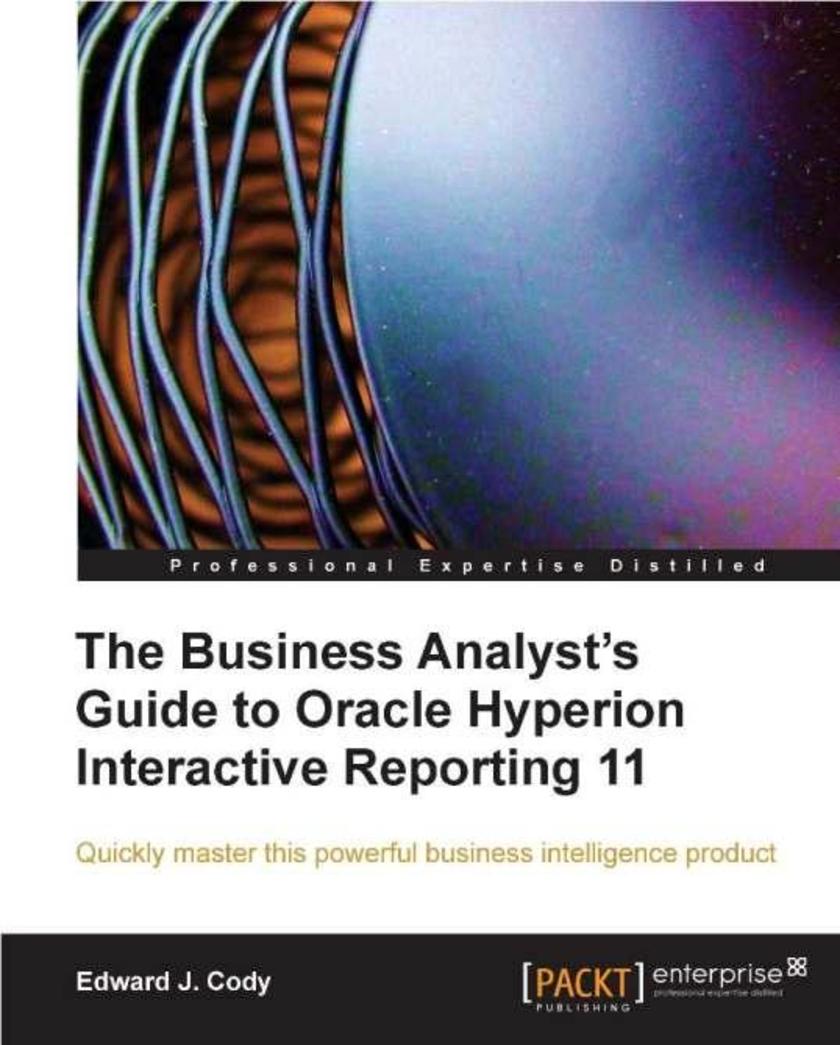
The Business Analyst's Guide to Oracle Hyperion Interactive Reporting 11
¥90.46
This is a hands-on walkthrough, from gathering information to creating a report to the presentation sections. It helps you to get accustomed to the software and gives an in-depth understanding of how to easily unleash the powerful functionality of the software. As a result you will be able to use the powerful functionalities of Oracle Hyperion Interactive Reporting 11 to drive important business decisions. The style of the book allows you to use it as a guide to walk through each chapter or as reference material while you work with the software. This book is for all Oracle Hyperion Interactive reporting users from novice to advanced. If you find yourself struggling while using this tool or you are new to the tool, this book will guide you through and make the learning process incremental.
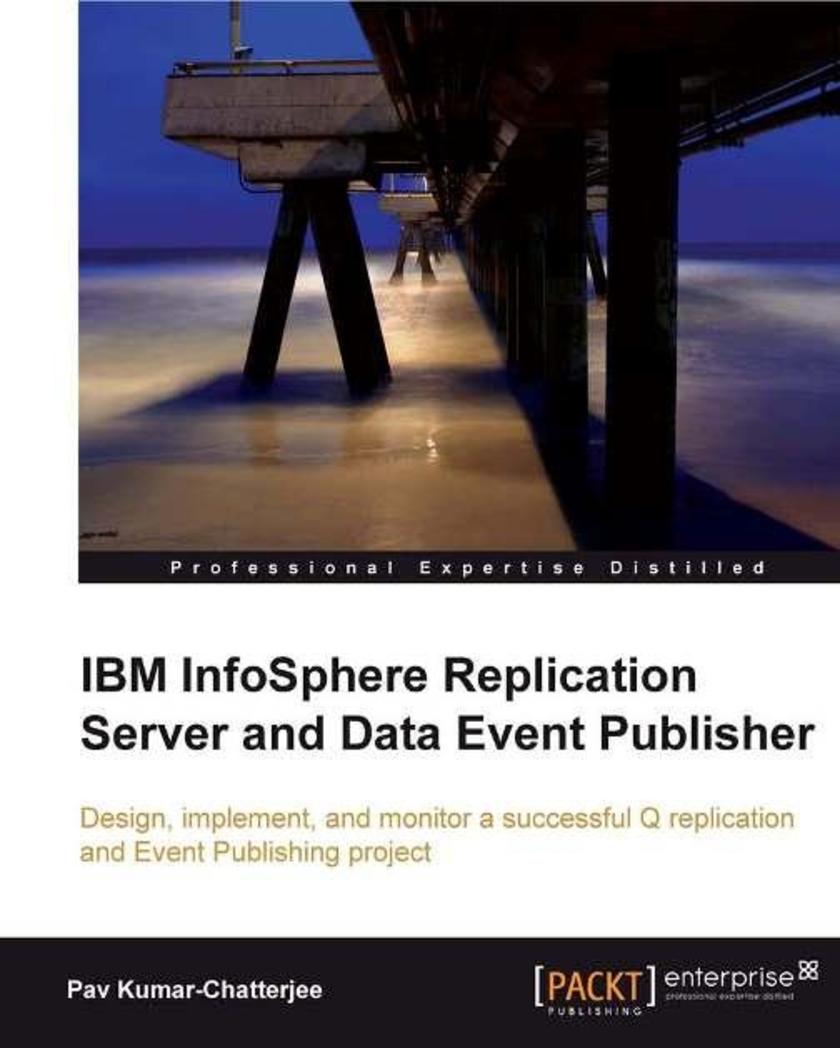
IBM InfoSphere Replication Server and Data Event Publisher
¥107.90
This is a developer's guide and is written in a style suitable to professionals. The initial chapters cover the basic theory and principles of Q replication and WebSphere MQ. As the book advances, numerous real-world scenarios and examples are covered with easy-to-understand code. The knowledge gained in these chapters culminate in the Appendix, which contains step-by-step instructions to set up various Q replication scenarios. If you are a professional who needs to set up and administer a Q replication or Event Publishing environment, then this is the book you need. The book will give you a clear idea of how to implement Q replication on z/OS whether you work on Linux, Unix, or Windows operating system.
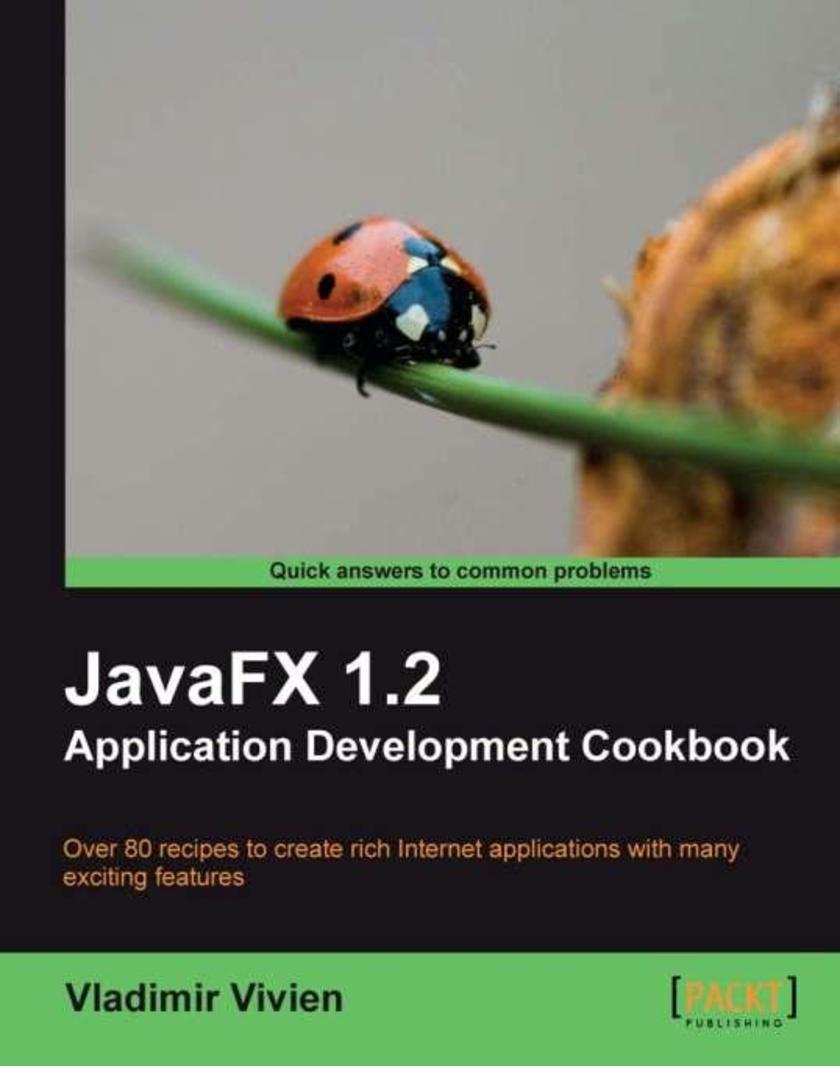
JavaFX 1.2 Application Development Cookbook
¥71.93
This book is a comprehensive collection of recipes that elaborate on known use cases. You will find an organized step-by-step procedure to accomplish each task followed by detailed explanations to better understand how and why each step was undertaken, and many links to online references and other related sections in the book that supplement the subject in question. The book is written so that you can work through the recipes in order or go straight to the recipes that interest you; where a recipe depends on other recipes they are clearly referenced. If you are a Java developer, Rich Internet Application content developer, or graphic designer who wants to build RIAs featuring animations, videos, and other feature-rich content, this book is for you. Knowledge of Java, JavaScript, and JavaFX components is not essential, but will help you exploit this book to your advantage.
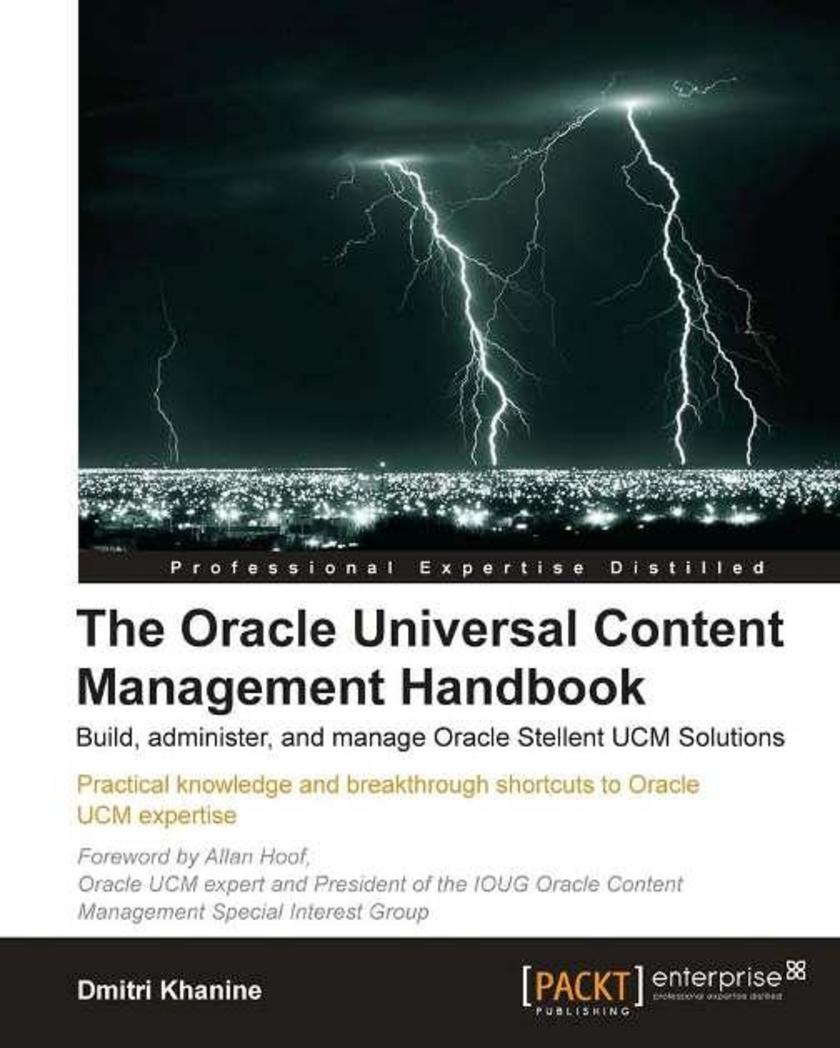
The Oracle Universal Content Management Handbook
¥107.90
This book employs the tactic of "you and me talking", which makes learning effortless and fun... even addictive! It's full of specific examples, shortcuts, and ready-to-use strategies. You'll end up with a working, ready-to-use Oracle UCM system by the end of Chapter 2. And you can jump chapters and read them in any order that better suits your passion or your assignment at hand. If you want to get started with Oracle UCM, this is the perfect book for you. This book is also beneficial for Oracle Stellent UCM users, administrators, and developers who are ready to jump up to the next level of expertise.
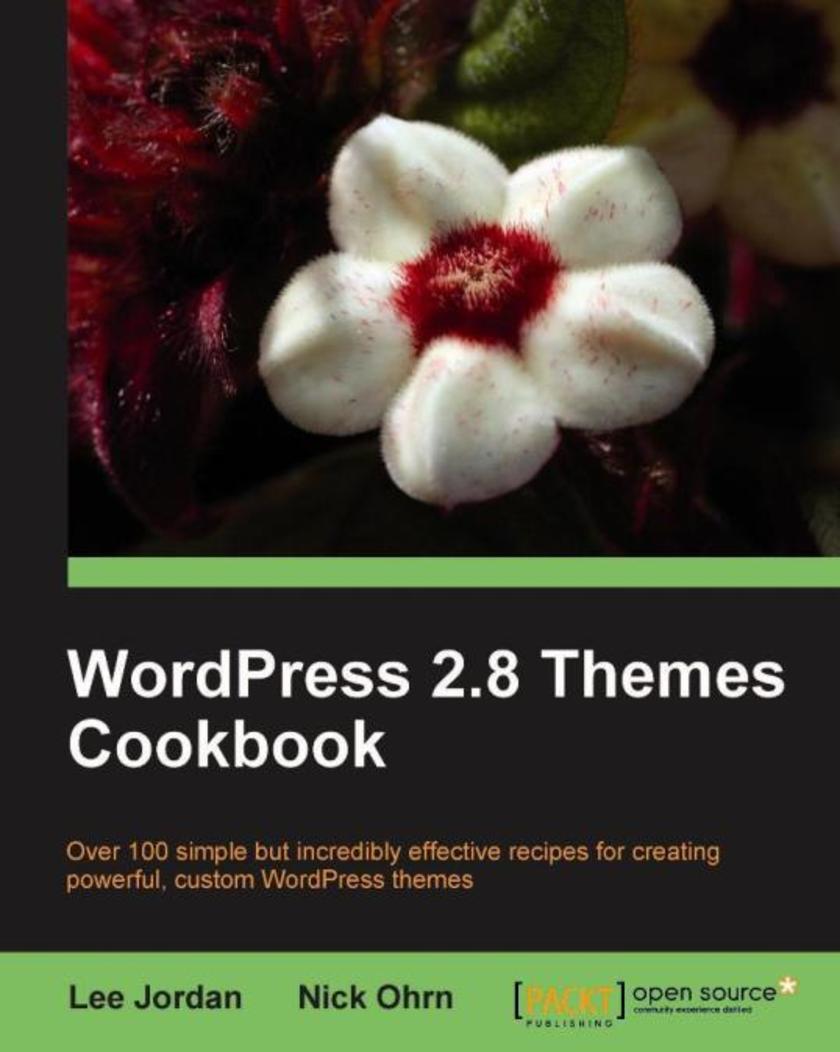
WordPress 2.8 Themes Cookbook
¥71.93
Each recipe comprises step-by-step instructions followed by the analysis of what was done in each task and other useful information. The book is designed so that you can read it chapter by chapter, or you can look at the list of recipes and refer to them in no particular order. There are plenty of useful screenshots to make learning easier for you. This book is for WordPress developers who want to create powerful themes for their blogs and web sites to impress and influence visitors. This book expects working knowledge of the WordPress platform. Knowledge of HTML and CSS would also be useful.
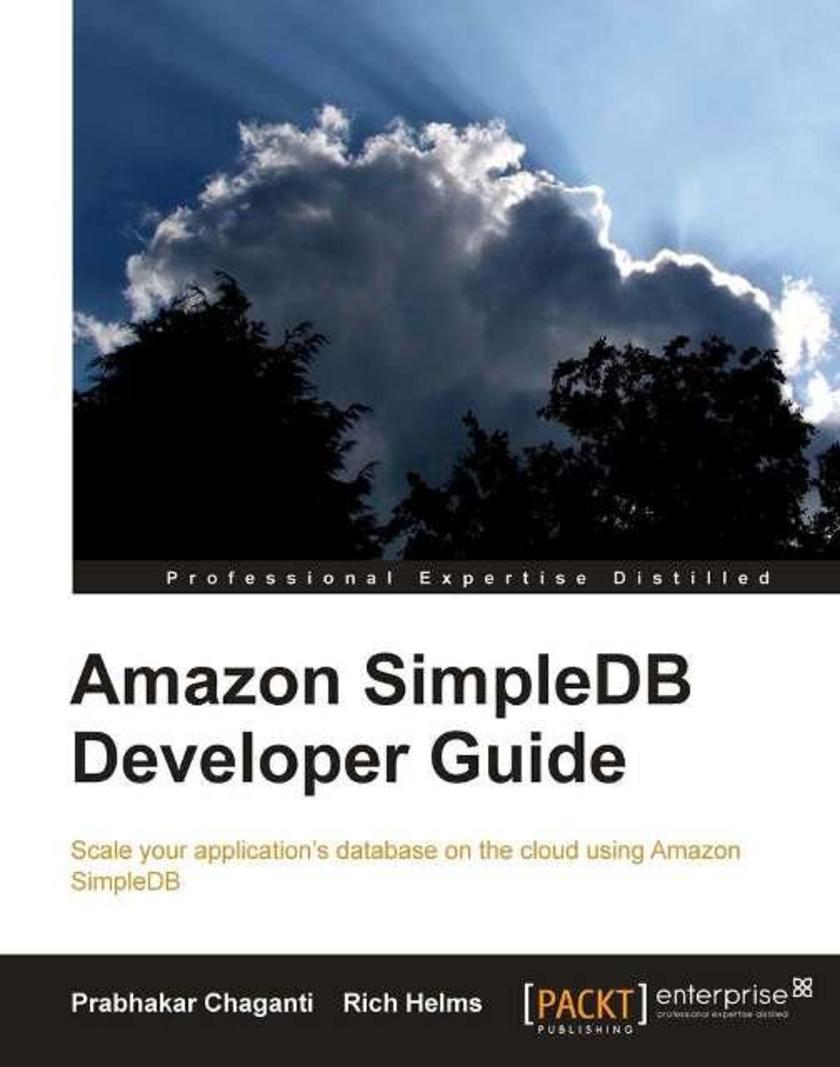
Amazon SimpleDB Developer Guide
¥71.93
This book is a practical real-world tutorial covering everything you need to know about Amazon SimpleDB. You will come across examples in three languages: Java, PHP, and Python. This book is aimed at transforming you from a beginner to an advanced developer. If you are a developer wanting to build scalable web-based database applications using SimpleDB, then this book is for you. You do not need to know anything about SimpleDB to read and learn from this book, and no basic knowledge is strictly necessary. This guide will help you to start from scratch and build advanced applications.
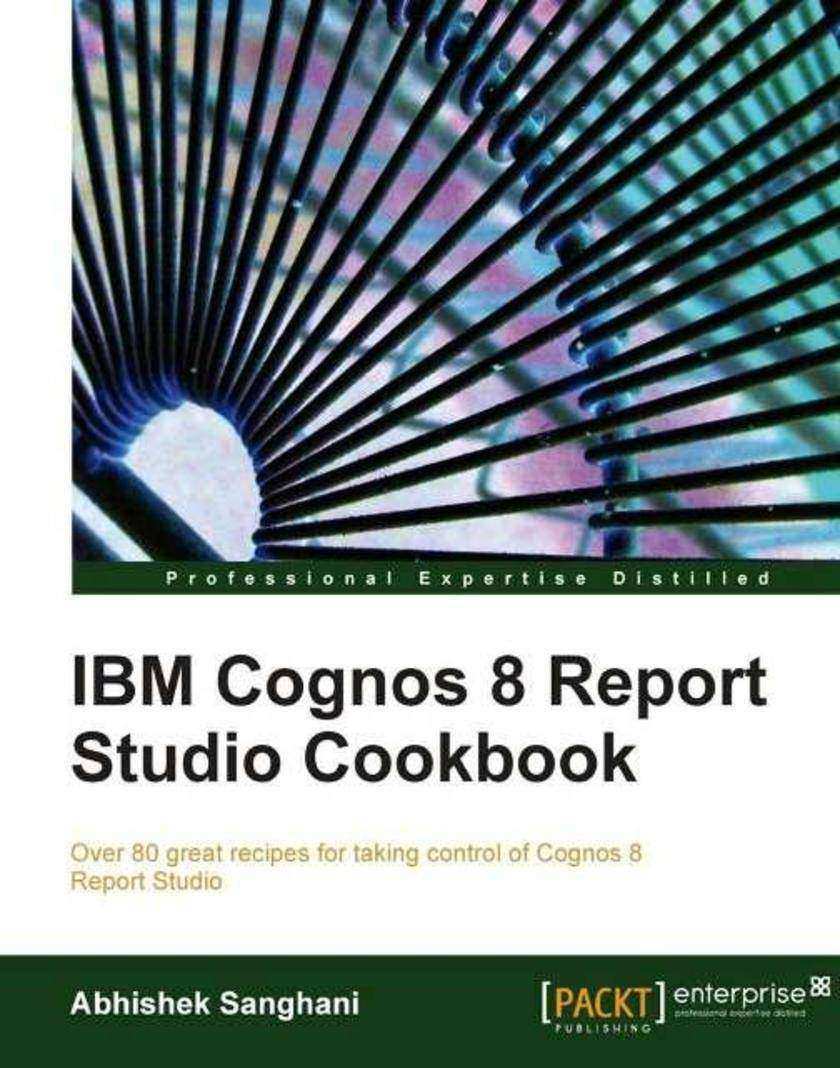
IBM Cognos 8 Report Studio Cookbook
¥107.90
Written in cookbook style, this book offers learning and techniques through recipes. It contains step-by-step instructions for Report Studio 8 users to author effective reports. The book is designed in such a way that you can refer to things chapter by chapter, and read them in no particular order. You will see a new fictional business case in each recipe that will relate to a real-life problem and then you will learn how to crack it in Report Studio. If you are a Business Intelligence or MIS Developer (programmer) working on Cognos Report Studio who wants to author impressive reports by putting to use what this tool has to offer, this book is for you. You could also be a Business Analyst or Power User who authors his own reports and wants to look beyond the conventional features of Report Studio 8. This book assumes that you can do basic authoring, are aware of the Cognos architecture, and are familiar with Studio.
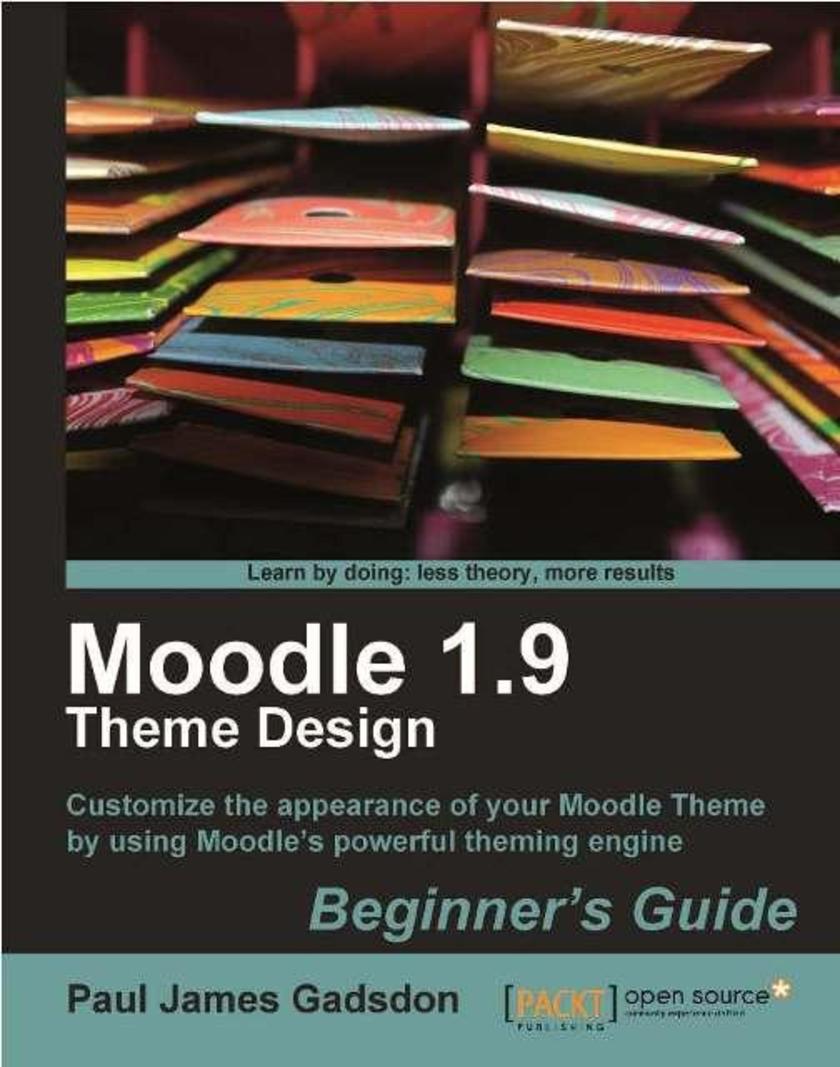
Moodle 1.9 Theme Design: Beginner's Guide
¥80.65
This is a Beginner's Guide, with plenty of worked examples, step-by-step visual guides, and explanations. If you are a Moodle administrator, ICT technical personnel, designer or a teacher and wish to enhance your Moodle site to make it visually attractive, then this book is for you. You should be familiar with the basics of Moodle operation, and some familiarity with web design techniques, such as HTML and CSS, will be helpful.
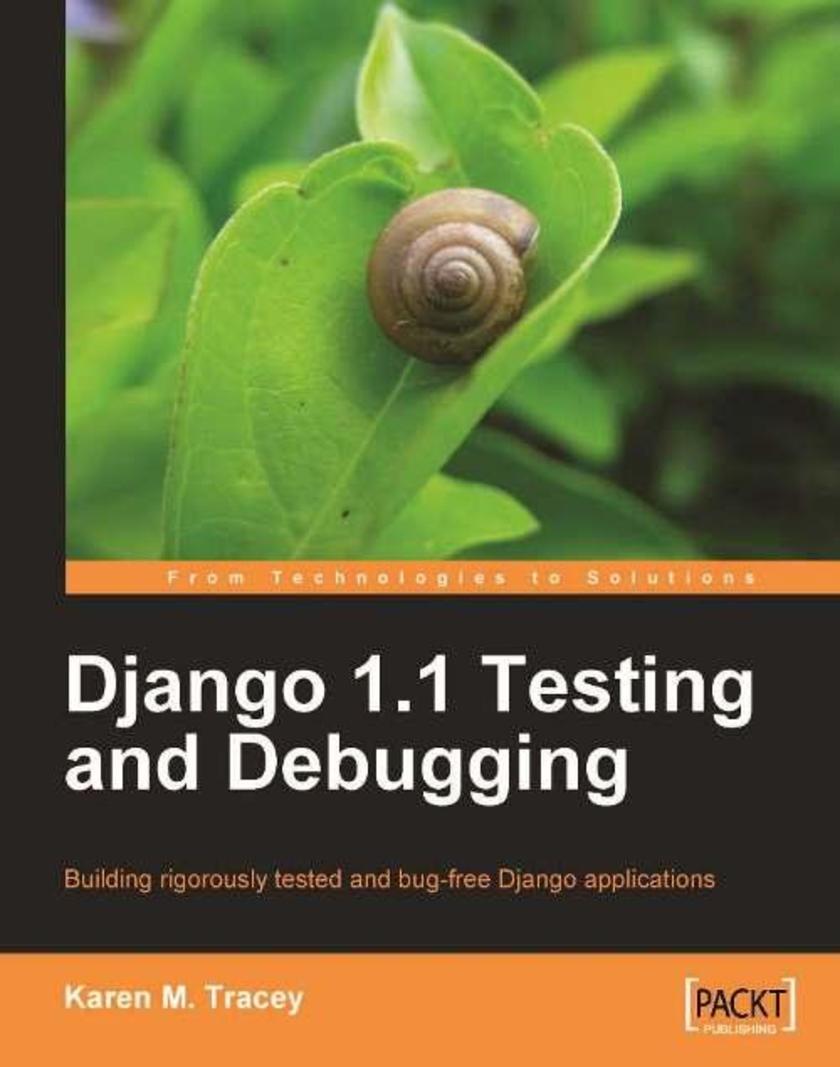
Django 1.1 Testing and Debugging
¥90.46
This book teaches by example. It walks in detail through development of a sample application, illustrating each step via complete working code and either screenshots or console snippets. The cumbersome and time consuming task of debugging will be a cake walk with this book. If you are a Django application developer who wants to create robust applications quickly that work well and are easy to maintain in the long term, this book is for you. This book is the right pick if you want to be smartly tutored to make best use of Django's rich testing and debugging support and make testing an effortless task. Basic knowledge of Python, Django, and the overall structure of a database-driven web application is assumed. However, the code samples are fully explained so that even beginners who are new to the area can learn a great deal from this book.
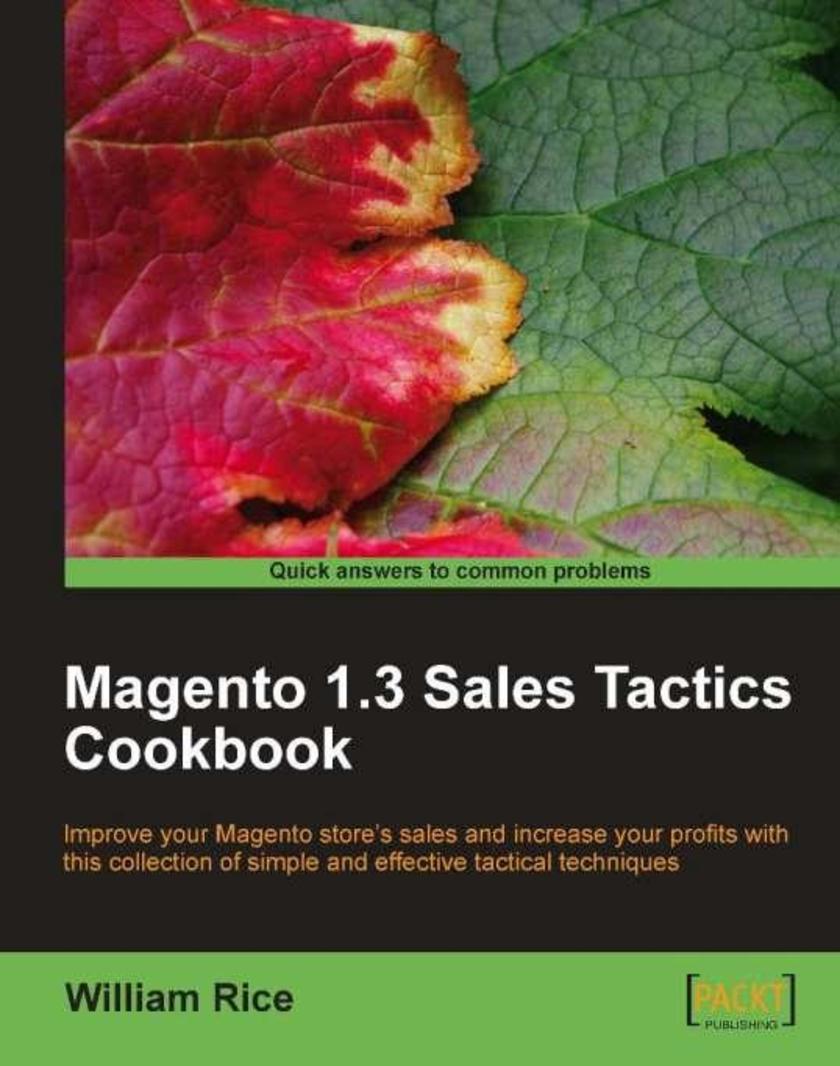
Magento 1.3 Sales Tactics Cookbook
¥90.46
This book is written with the business owner in mind. Each of the recipes in the book supports a business objective, and is designed to increase the success of your Magento storefront. Magento beginners will find the recipes easy to follow. They are written in plain language. When special jargon is needed, it is clearly explained. The techniques are illustrated with many screenshots, showing you exactly what you must do. An example storefront is used throughout the book, so you can see exactly what effect each technique will have on your storefront. Most of these techniques stand alone, so you can jump into the book at any time and implement the techniques that are best for your storefront at this time. If you are a Magento store owner or store designer who wants to boost sales, then this book is for you
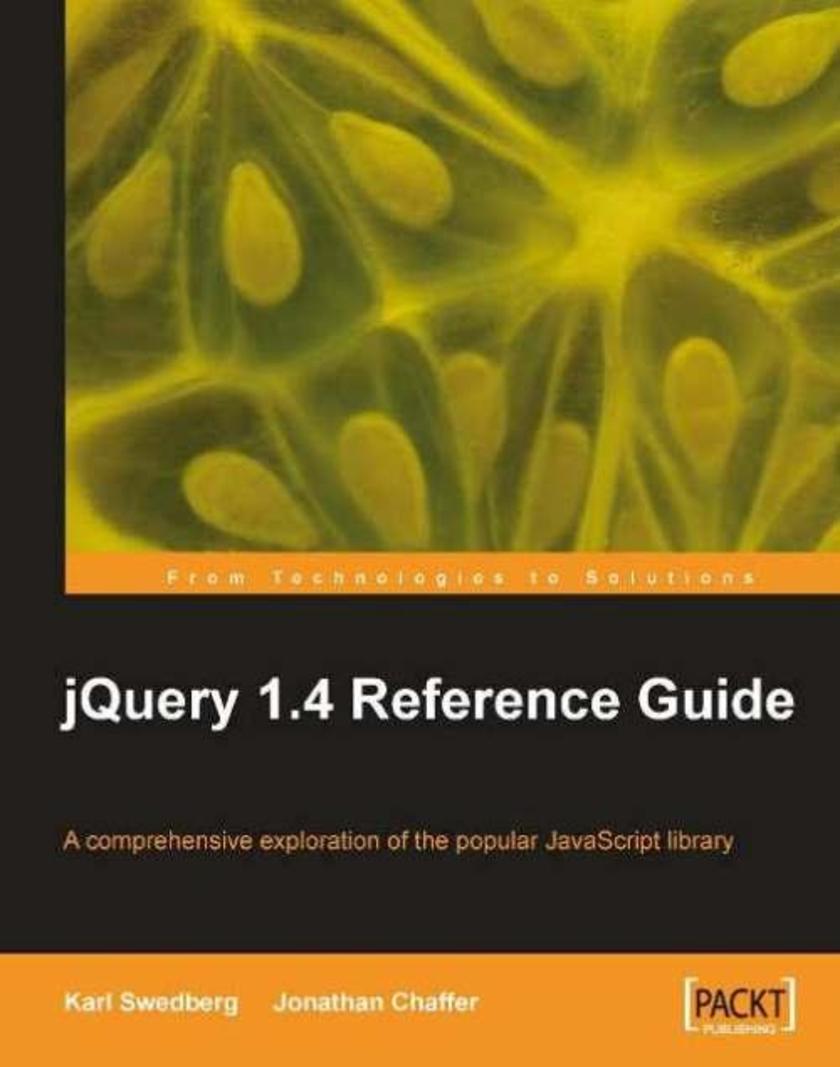
jQuery 1.4 Reference Guide
¥71.93
The book is a detailed reference guide, and an invaluable resource for answers to all your queries about jQuery. It is intended to be a quick reference to help at times when you need to quickly confirm a feature of the library This book is for you if you are a web developer who wants a broad, organized view of all that jQuery library has to offer or a quick reference on their desk to refer to for particular details. Basic knowledge of HTML and CSS is required. You should be comfortable with the syntax of JavaScript, but no knowledge of jQuery is assumed. This is a reference guide, not an introductory title and if you are looking to get started with jQuery (or JavaScript libraries in general) then you are looking for the companion title Learning jQuery 1.3.
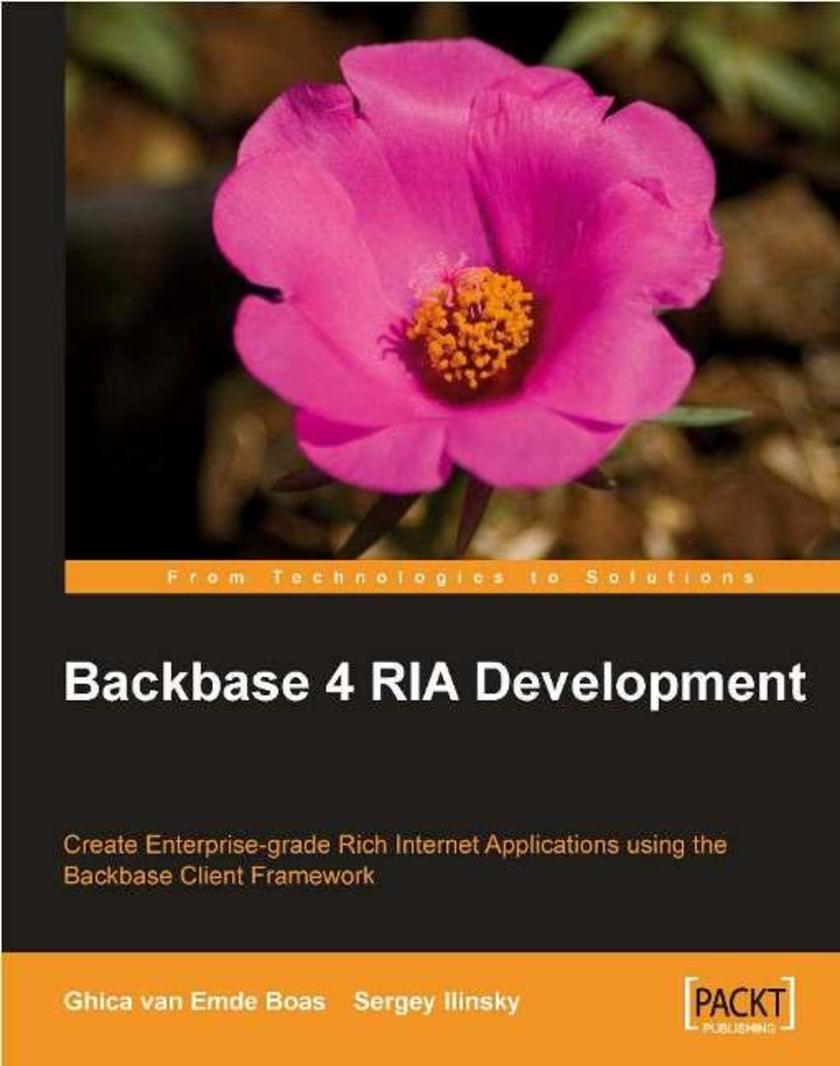
Backbase 4.4.x RIA Development
¥90.46
This is a practical book, where every example is tested and all source code is available with the book. Each chapter ends with work on a sample application using the new things learned. At the end of the book there is a complete, usable Travel Blog application. This book is for web developers who want to develop applications using the Backbase Client Framework. It may also be interesting for web developers and web application architects who want to know more about XML-based web application architectures.
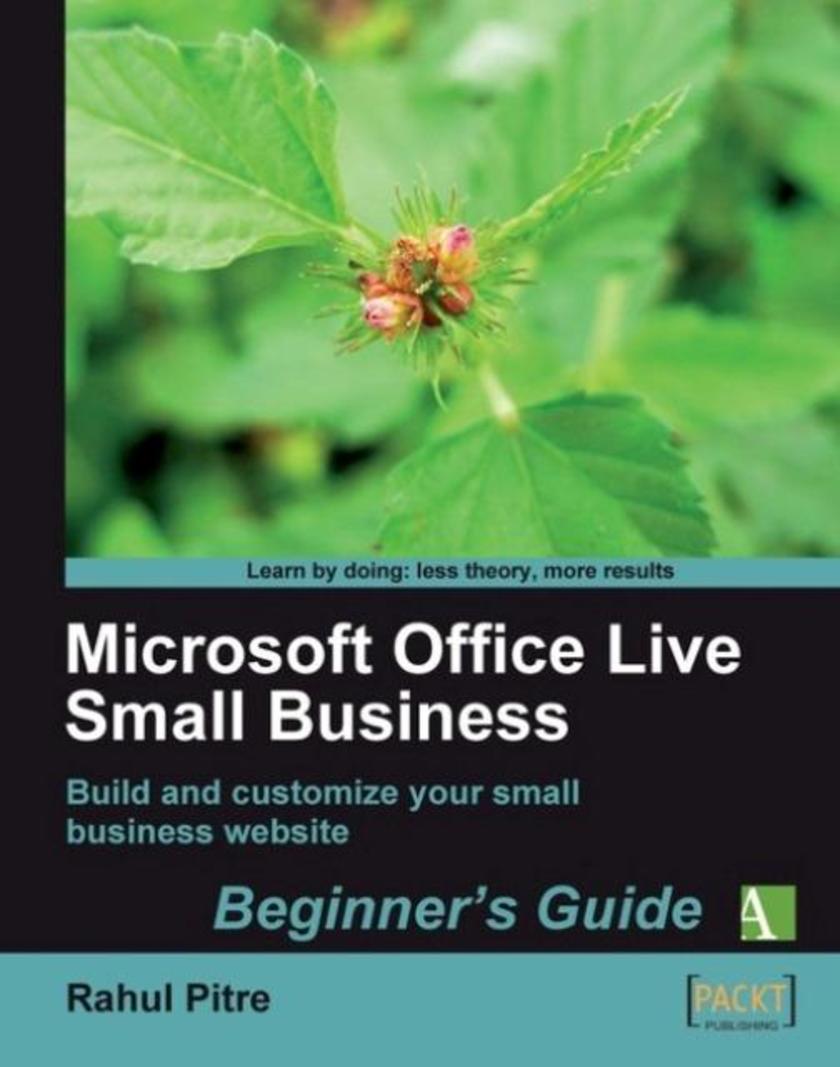
Microsoft Office Live Small Business: Beginner’s Guide
¥71.93
A tutorial in the Beginner’s Guide series, offering the reader step-by-step instructions on building and customizing their MOLSB web site from scratch. This book is also packed with tips, tricks, and best practices. Small-business owners who want to build and customize their business web sites on Microsoft’s free-to-use platform. No technical knowledge is required.
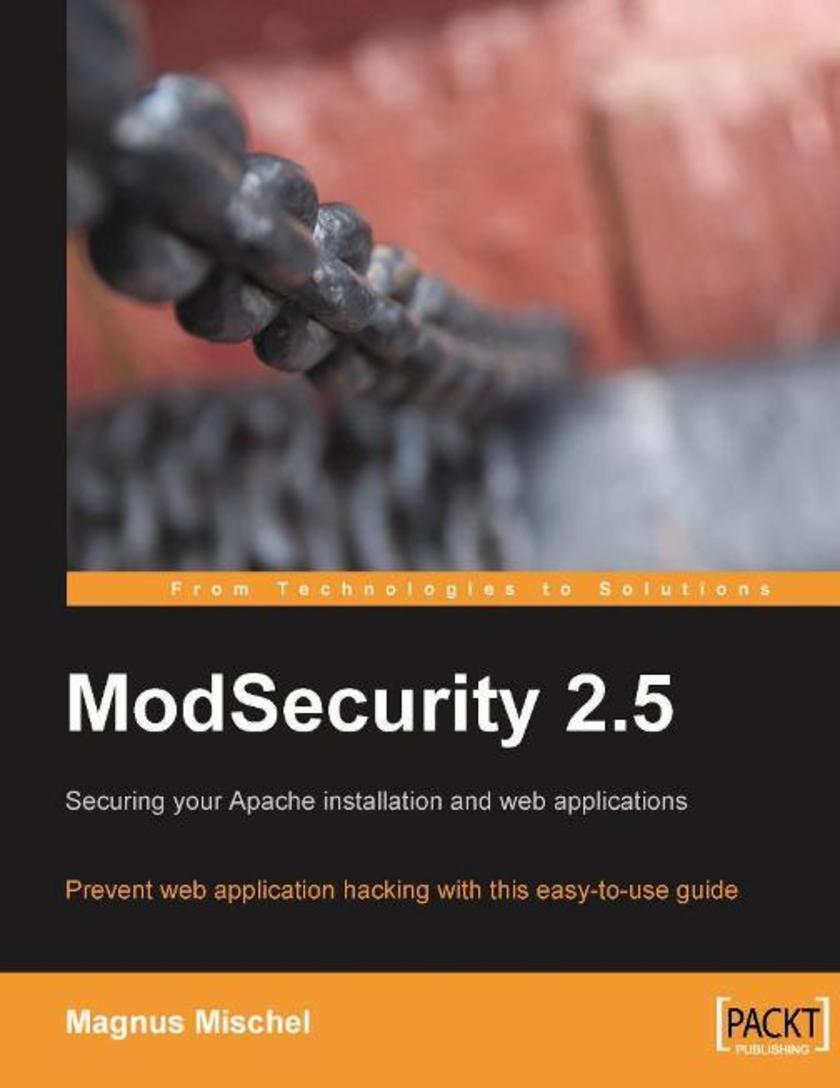
ModSecurity 2.5
¥90.46
This book teaches ModSecurity from the beginning to anyone with basic Linux skills. It starts by focusing on introducing ModSecurity, and explaining the concept of ModSecurity rules and how to write them. Later, it looks at the performance of ModSecurity and what sort of impact ModSecurity has on the speed of your web application. This book is written for system administrators or anyone running an Apache web server who wants to learn how to secure that server. It assumes that you are familiar with using the Linux shell and command-line tools, but does its best to explain everything so that those who are not Linux experts can make full use of ModSecurity.
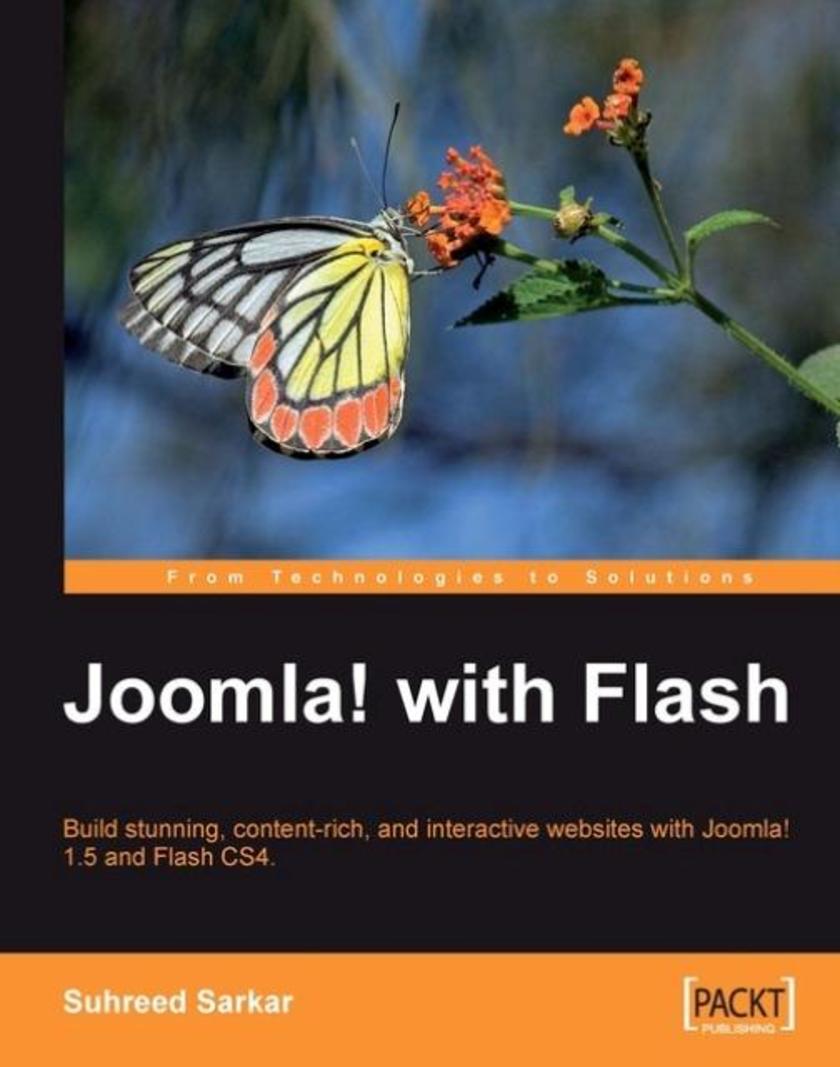
Joomla! with Flash
¥71.93
This book is a fast-paced step-by step-guide. It is loaded with examples and lots of illustrations showing configurations and their results on the screen. If you are a Joomla! web developer who wants to integrate Flash into your web sites, then this book is for you. Knowledge of Joomla! and basic knowledge of Flash is assumed.
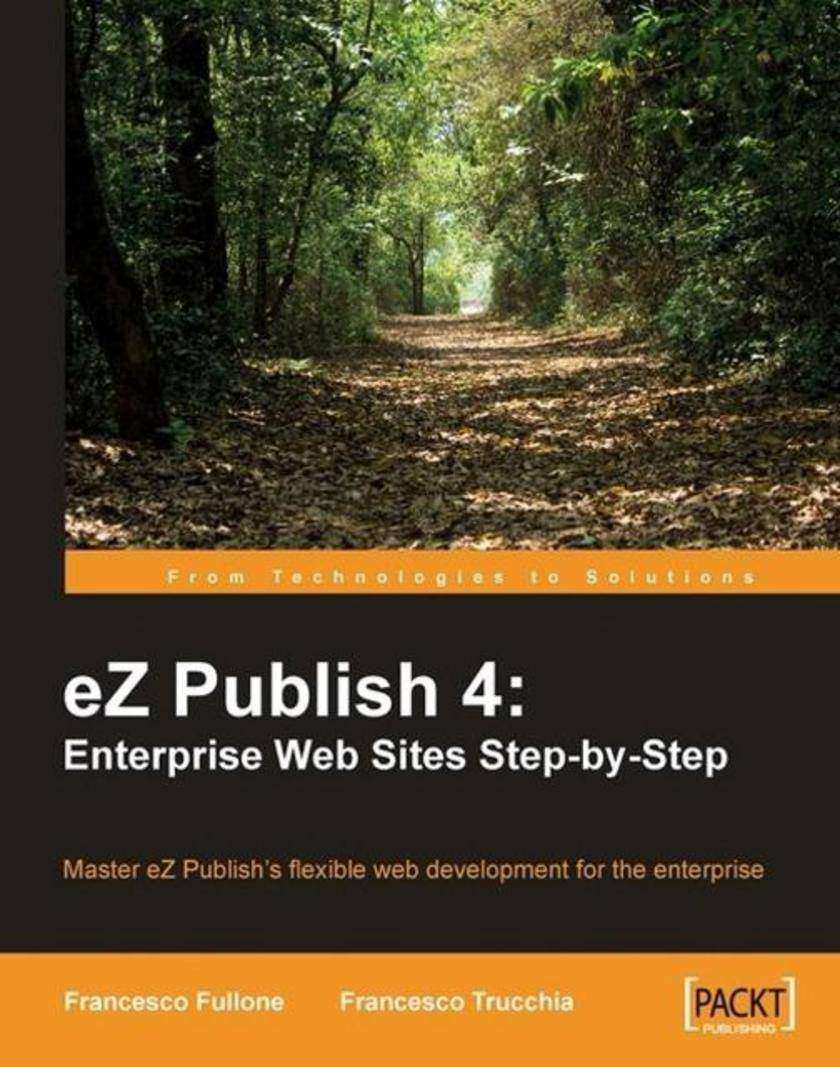
eZ Publish 4: Enterprise Web Sites Step-by-Step
¥90.46
The book is a carefully structured, practical, step-by-step guide to overcoming the trials and tribulations of building an eZ Publish enterprise web site. Each chapter will be based on a three-layer approach. Firstly, it teaches the techniques and principles required to fulfill the needs of our site, then it goes deep in the CMS approach to fulfill them. Lastly, example code and step-by-step screenshots are used to dig deeper. This book is written for beginners to eZ Publish who need to work on an enterprise-level site with a complex publishing workflow. This book is best for people who want to use eZ Publish from scratch without hard-core programming skills. Even if you are not a PHP-guru, and you don't want to study eZ Publish core functionality – this book is for you. In general, however, you'll get more out of the book if you know a little PHP, have some concept of Object-Oriented Programming, and have a general familiarity with CMS concepts.
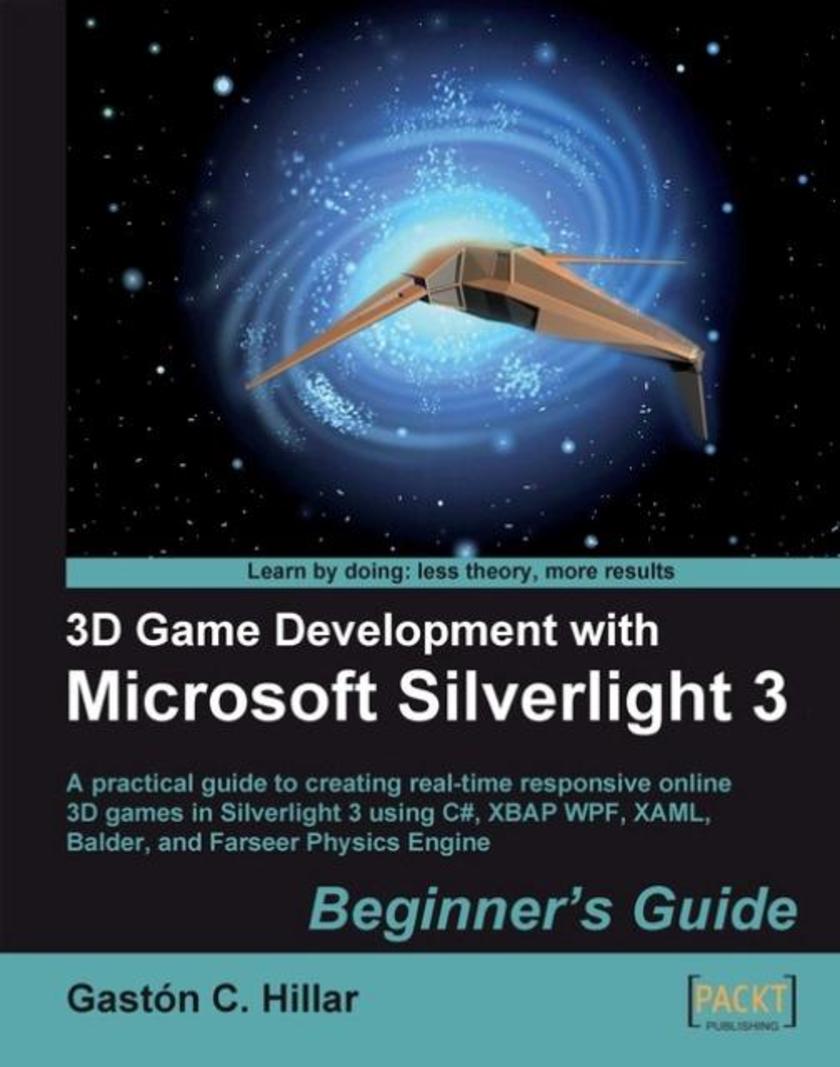
3D Game Development with Microsoft Silverlight 3: Beginner's Guide
¥90.46
This book takes a step-by-step approach to building a complete interactive 3D game using Silverlight and enhancing it through its related technologies. The book focuses on practical examples and has a friendly approach, with the opportunity to learn by experiment and play. It uses illustrations, screenshots, and interactive experiences to understand the most complex topics related to the 3D scenes. This book is designed primarily for C# developers with basic knowledge of the Visual Studio IDE who want to develop online 3D games using Silverlight or create interactive 3D scenes for a web site with animated models. No prior experience in 3D programming, 3D animation, or Silverlight is required. The book is also aimed at 3D developers who want to improve their online content, offering innovative 3D models in action.
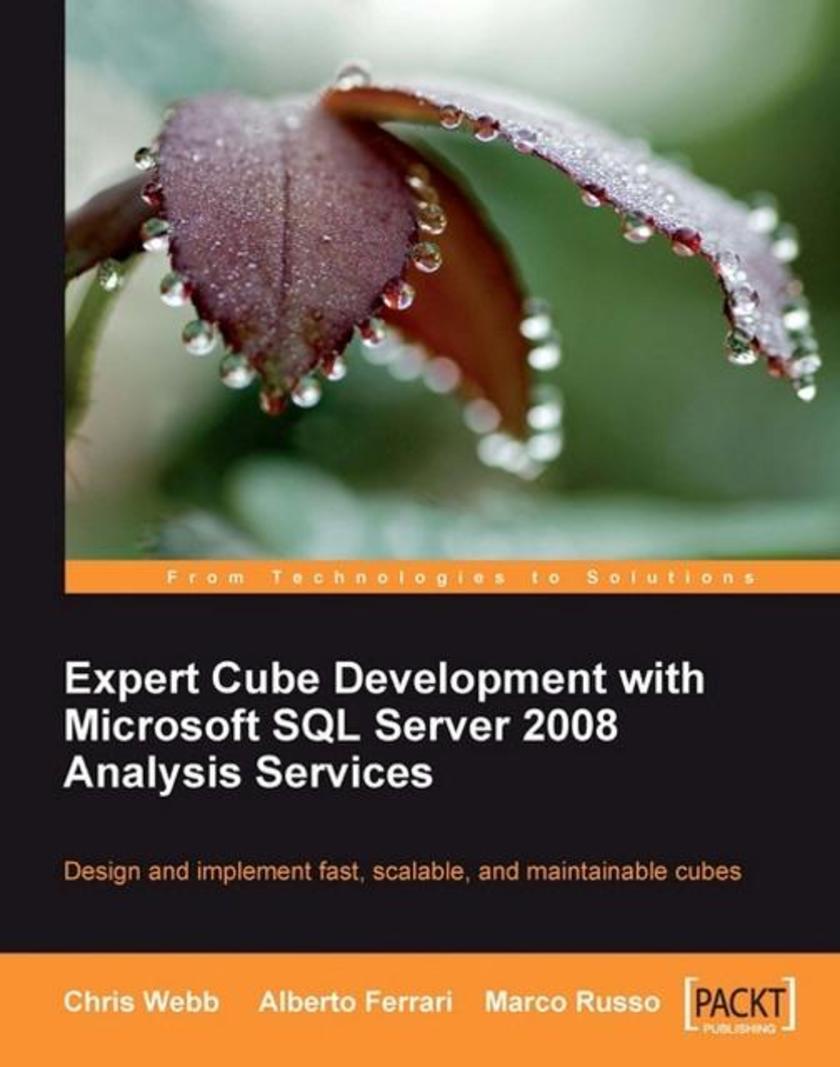
Expert Cube Development with Microsoft SQL Server 2008 Analysis Services
¥90.46
This is a practical tutorial for Analysis Services that shows readers how to solve problems commonly encountered while designing cubes, and explains which features of Analysis Services work well and which should be avoided. The book walks through the whole cube development lifecycle, from building dimensions, cubes and calculations to tuning and moving the cube into production. This book is aimed at Analysis Services developers who already have some experience but who want to go into more detail on advanced topics, and who want to learn best practices for cube design.
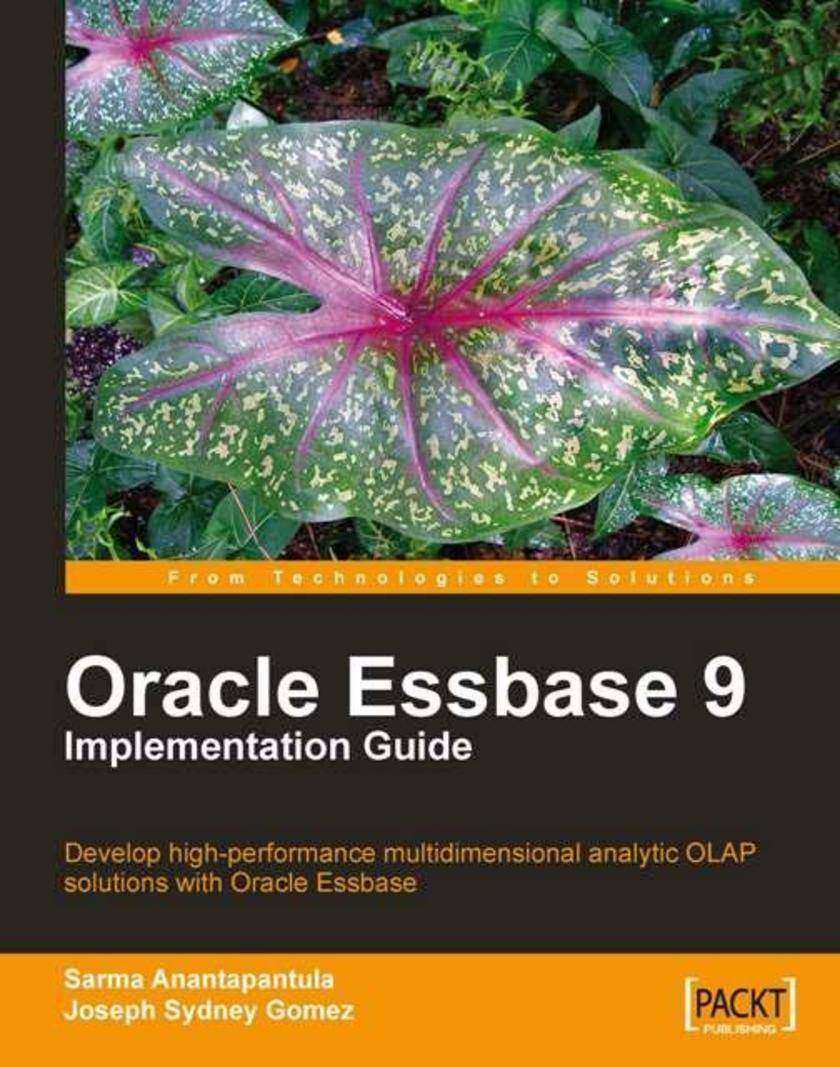
Oracle Essbase 9 Implementation Guide
¥107.90
This book uses a practical step-by-step approach with the next chapter always building on the knowledge foundation created by the previous chapter. Understanding and really grasping the multidimensional concept is difficult enough without a lot of confusing jargon thrown in. This book speaks to the reader in plain English with plenty of easy-to-follow examples. You will create, build, and maintain data for a fictional automobile company. This book is primarily for the IT professional who has a good understanding of IT principles and processes but is a multidimensional OLAP novice. Experienced OLAP professionals will also gain insight from this book. Simply put, if you are in the IT field and wish to gain a functional level of knowledge in the world of Oracle Essbase, whether it be for a developer role or a PM or BA role, this is the book you need.

Choosing an Open Source CMS: Beginner's Guide
¥71.93
This is a practical guide that takes a task-centered approach. Each task is stepped through with detailed instructions. You will come across many step-by-step examples with plenty of screenshots and resources. This book provides all the support and guidance you need as you begin to work with CMSs. It even has additional tasks that you can carry out to build your skills further. Everything is oriented towards managing content with a CMS. This book is written for anyone who wants to start a web site and is looking for a good CMS. It is best suited for people who are selecting a CMS for their sites and people who will manage a CMS. Knowledge of web basics is certainly helpful, but not needed.




 购物车
购物车 个人中心
个人中心



